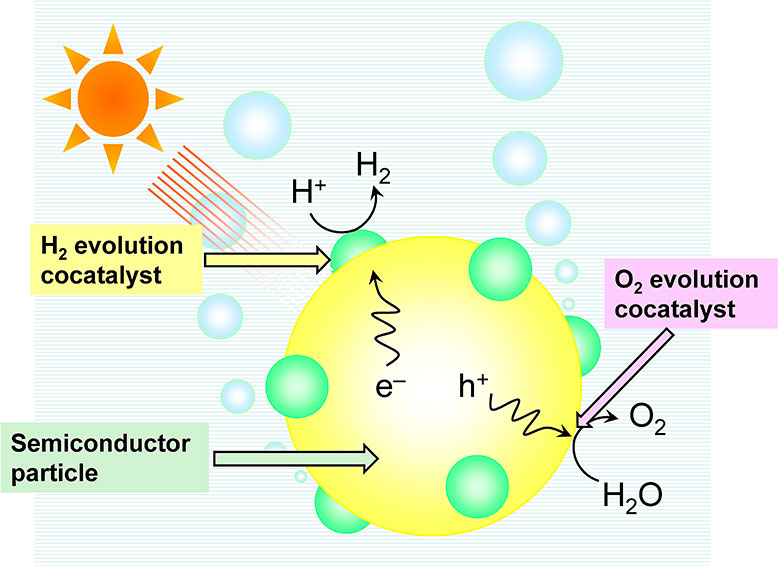Vol. 101 No. 9 (2025)
Reviews
-
Conformational constraint in natural product synthesis

-
Particulate photocatalysts for water splitting to produce green hydrogen on a large scale

Original Article
-
Unconstrained deep learning-based sleep stage classification using cardiorespiratory and body movement activities in adults with suspected sleep apneaSeiichi MOROKUMA , Toshinari HAYASHI, Naoyuki MOTOMURA, Masatomo KANEGAE, Yoshihiko MIZUKAMI, Shinji ASANO, Ichiro KIMURA, Kenji FUJITA, Yutaka KOHDA, Hiroshi IMAI, Yuji TATEIZUMI, Hitoshi UENO, Subaru IKEDA and Kyuichi NIIZEKIVolume 101 Issue 9 Pages 587-603




